
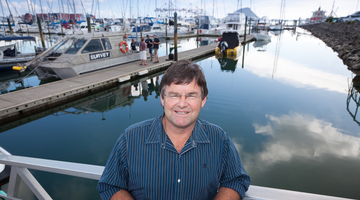
Position: Senior Lecturer, School of Science, University of Waikato. Field: Marine ecology. Professor Chris Battershill leads Coastal Science at the University of Waikato. His main interests are ...
READ MORE

NIWA’s research vessel the Tangaroa went on an 8-week voyage to the Ross Sea to survey the marine environment and explore biodiversity in the region. The journey from February until mid-March ...
READ MORE

The Antarctic fish fauna is relatively small, with only around 325 species known and only about 135 reported to be found in the Ross Sea region. By comparison, coral reefs support very large fish ...
READ MORE
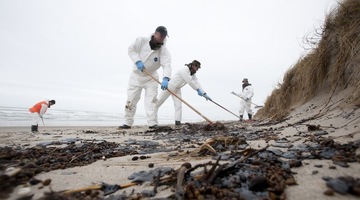
In this activity, students consider short-term and long-term responses to an environmental disaster such as the Rena. By the end of this activity, students should be able to: describe what might ...
READ MORE
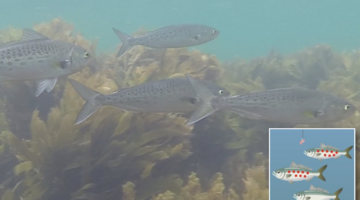
In this activity, students model bioaccumulation of toxins in marine animals. They participate in a food web game where feeding decisions determine their survival. By the end of this activity ...
READ MORE
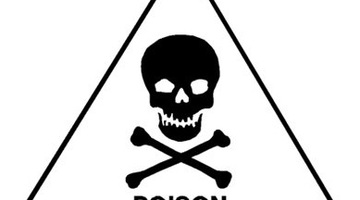
In this activity, students learn about toxins and poisons and research what’s poisonous in New Zealand. By the end of this activity, students should be able to: describe how at least one ...
READ MORE
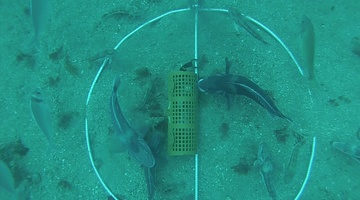
Come and visit Aotearoa New Zealand’s underwater world in this online citizen science project. Discover, count and identify unique fish species that live within our marine reserves ...
READ MORE
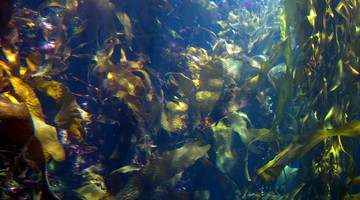
Kelp forests are one of the most biodiverse habitats on Earth. Every nook and cranny is jam-packed with life! This citizen science project wants to understand more about how kelp forests grow and ...
READ MORE
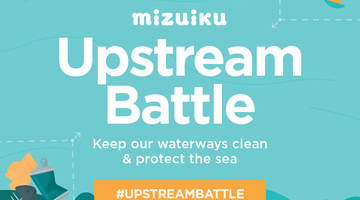
Did you know that 80% of marine litter globally starts life on land? Mizuiku Upstream Battle is a citizen science programme run by Keep New Zealand Beautiful. It aims to get volunteers across ...
READ MORE
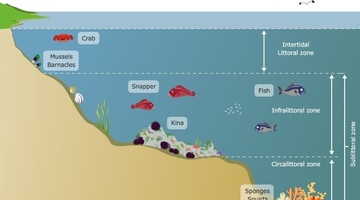
The rocky shore is a popular topic in primary school science. Below are some Science Learning Hub resources for primary teachers related to the rocky shore in the Living World strand of the New ...
READ MORE

Students carry out a practical investigation to help AgResearch scientists monitor the spread of Microctonus aethiopoides (a tiny wasp) and its success as a biocontrol agent for clover root ...
READ MORE
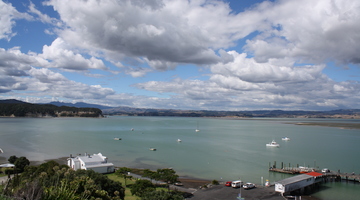
With 75% of New Zealanders living within 10 km of the coast, many students will be familiar with estuaries. In scientific terms, estuaries are the interface between the land and the sea – the ...
READ MORE
Stacey Mulgrew, the Land Information representative gives a tour of the ship. Stacey starts on deck and explains the decks of the ship using the ship’s deck plans. She shows where one of the ...
READ MORE
Andrew Stewart is discussing the adaptations of the Antarctic silverfish. Points of interest for teachers: Students may want to discuss why the icefish does not have red blood. Why is more oxygen ...
READ MORE
Professor Keith Hunter, of the University of Otago, explains how the ocean links several Earth systems, and is like a vast biological, chemical and geological factory. Huge currents act like ...
READ MORE
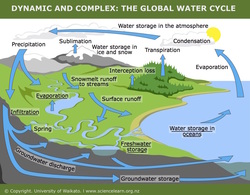
Water in the Earth system is influencing all aspects of life on Earth. Pathways, storage, transfers and transformations have an effect on the global climate and human welfare. Within this ...
READ MORE
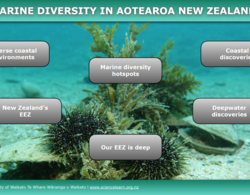
Aotearoa New Zealand is a hotspot for marine diversity.
READ MORE
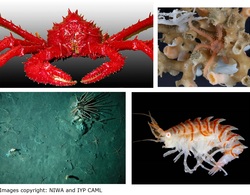
This short slideshow shows some of the animals found in the Antarctic benthic zone. Use the Slideshow menu for further options, including view full screen, and go here for the download option.
READ MORE